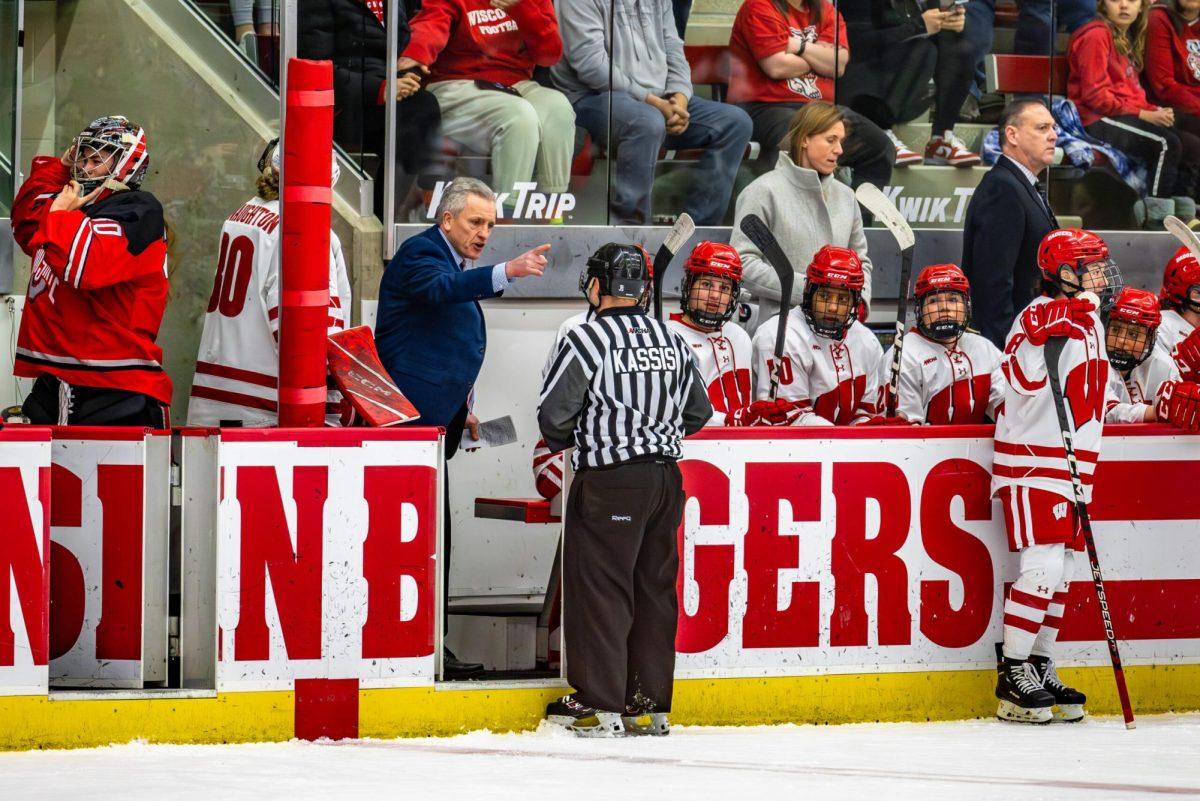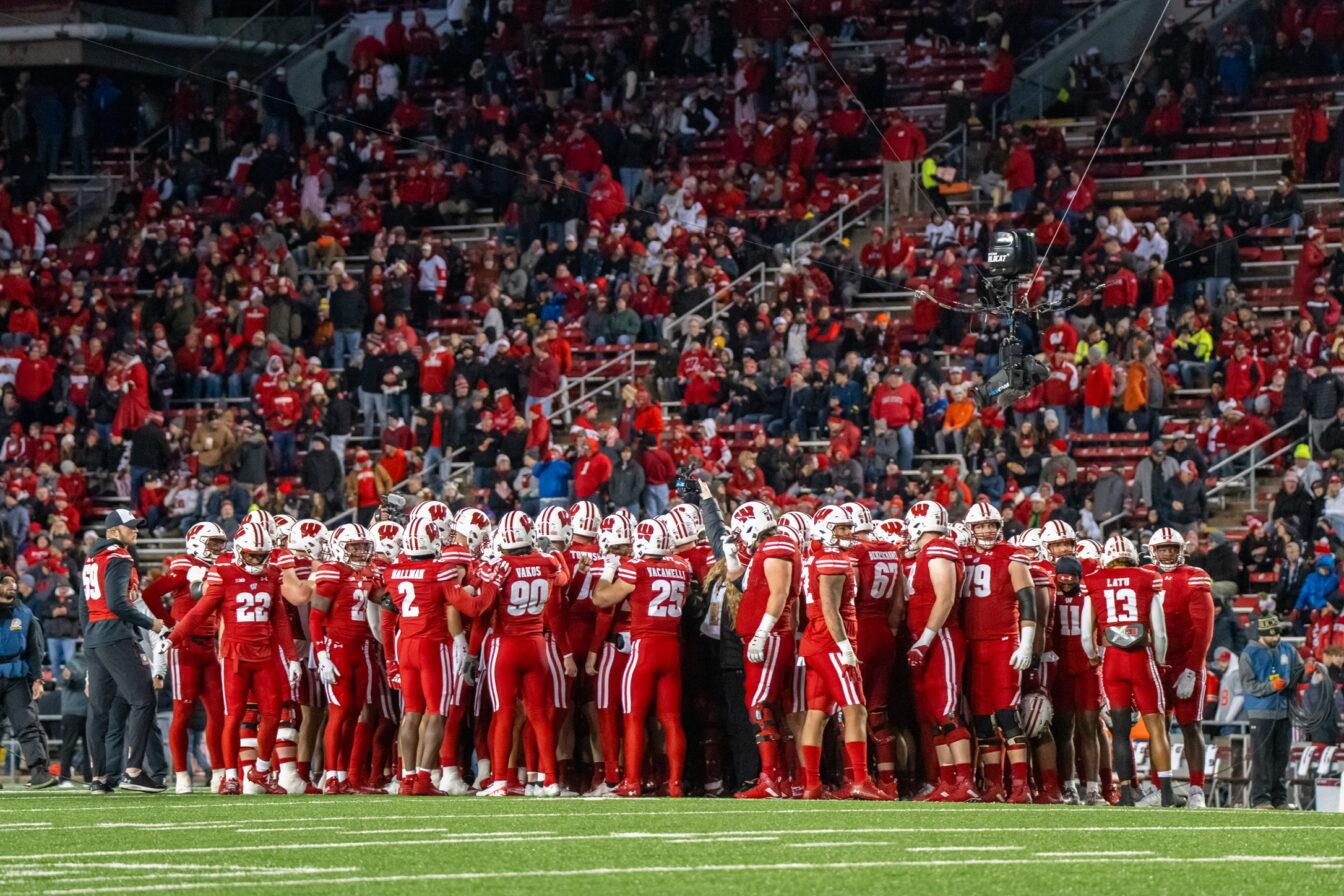The NBA bug has taken a big bite out of the Big Ten.
This week, Michigan State point guard Marcus Taylor and Indiana forward Jared Jeffries joined Illinois’ Frank Williams as underclassmen entries in the upcoming NBA draft. The exodus of the three stars continues a recent Big Ten trend of underclassmen leaving school early, as the conference has seen many of its top players jump to “the league” before their eligibility is up.
Both Taylor and Jeffries appear to be unprepared for the NBA, and each would likely improve exponentially with just one more year of college seasoning. Williams, on the other hand, watched his draft stock drop from last year’s position thanks to a seesaw season. A surefire lottery pick last year, he may now slip into the late first round.
Did a player leave too early? Stay too long? Sometimes there’s no way to tell until it’s too late. The NBA draft game is a brutal one, dissecting a player’s every flaw and counting every turnover, every panicked look, and every inch on their vertical leap.
Surely, Taylor, Williams and Jeffries are NBA players whenever they decide to enter the draft, which begs certain questions:
When is the right time to make the jump? When should a player leave school, and when is another year beneficial, or even necessary? And most importantly, how will Taylor, Williams and Jeffries fare in the ever-brutal NBA after foregoing extra years of Big Ten seasoning? Let’s look at the players one by one.
Frank Williams
It’s not heard often, but Williams should have declared following last season, when he would have been a sure-thing lottery pick after being named Big Ten Player of the Year.
By returning to school, Williams opened the door to increased criticism and scrutiny of himself. This year, flaws were found in Williams’ game, and his drive and intensity were questioned on almost a daily basis.
Williams’ production must have suffered, right? Wrong. Williams raised his scoring average from last season by nearly a point, to 15.8 ppg, and his assist total fell only slightly, from 4.4 apg to 4.2 apg. After losing team anchors Marcus Griffin and Sergio McClain, Williams kept the Illini in the rankings all season.
So what gives? Thrust into the public eye as the unquestioned leader of what many considered the most talented team in the Big Ten, greatness was expected from Williams, greatness not even he could provide on a nightly basis.
His first two years at Illinois, everyone talked of Williams’ maturity, drive and level-headedness. This season, the same people called him selfish, unmotivated and lacking in animation. The final straw came when CBS’ Billy Packer accused Williams of “playing like a dog,” and Williams publicly admitted taking offense to the comments.
To top things off, Williams missed a wide-open 12-footer in a loss to Kansas in the NCAA tournament Midwest Regional semifinal that could have tied the game with 19 seconds remaining. Now his shot-making ability is in question.
Just like after last season, Williams has the size (6-foot-3, 205 pounds) and ability to be a top NBA point. Just like last year, his perimeter shooting was streaky, but just like last year, he got the hole when he wanted to. Unlike last year, however, Williams will probably not be a lottery pick, as he will be replaced by new, younger prospects that have yet to reveal their flaws.
Jared Jeffries
A classic example of a player leaving too early.
Jeffries’ height (6-foot-10) and versatility intrigue NBA scouts, but his weight (215 pounds) scares them. Jeffries’ ability to shoot, post up and put the ball on the floor allowed him to play virtually any position at Indiana, but thanks to his willowy frame, three will be the only NBA position he is suited for.
True, Jeffries had success in the post all year, but against whom? Tavarus Hardy? Glen Worley? Zach Williams? Not exactly Kevin Garnett. Or Keon Clark. Or even Marcus Camby.
True, Jeffries proved he can bring the ball up the floor, but he didn’t have Latrell Sprewell and Michael Finley chasing him around.
True, the Big Ten may be the roughest league in college basketball, but not even Reggie Evans can hammer people the way Charles Oakley and Dale Davis do on a nightly basis.
Jeffries will experience a bit of hoops culture shock in the NBA, guaranteed. The bodies will be too big, the gameplay too fast.
Jeffries will be drafted on potential, and someday he might even reach the level most foresee. When his body and basketball mind develop, Jeffries will probably be an all-star. Don’t expect it to be anytime soon, though.
Marcus Taylor
Another player who may be gone too soon, Taylor declared for the draft but did not sign with an agent, allowing him to withdraw from the draft and return to school if he doesn’t perform well at pre-draft camps.
Taylor has been a legend in the state of Michigan since he was in eighth grade, and he was MSU’s most heralded recruit since Magic Johnson. This season, he finished atop the Big Ten in assists with 5.3 per game and led MSU in scoring by netting 16.8 ppg.
Taylor’s problem is that he is far too erratic, just as capable of disappearing as he is of taking over games. His size (a thick 6-foot-3), skills and shooting ability guarantee him a spot in the NBA eventually, but another year as leader of Tom Izzo’s squad will allow Taylor to work on an occasionally suspect perimeter game and probably raise his draft stock.
If Taylor stays at MSU for even one more year and continues to mature, he could probably step in and become a reliable NBA point guard immediately, with stardom waiting for him just down the line. If Taylor bolts and gets drafted by a squad with depth at the point guard position, his inability to play the two may limit his minutes and stunt his maturation process.
Last year, Williams was going to be drafted on potential, then saw his draft stock plummet this season when he was judged on performance. After their sophomore seasons, Jeffries and Taylor will still be drafted on their potential; another year in school could possibly raise doubts and questions about their abilities and see them drop in the draft. Or their next season could be a banner year, with a national championship and Player of the Year honors waiting for them.
Is the time right for these players? Is the lanky, underdeveloped Jeffries committing basketball suicide by choosing to bang with men over 50 pounds heavier than him? Is the talented but inexperienced Taylor jumping the gun by making the jump? Would another year in college really benefit these ballplayers that much?
We’ll find out the answers, but not for a while; the 2002-03 NBA season doesn’t start until next October, when, for these young men, everyone gets a little taller and quicker and more experienced. And much, much better.














